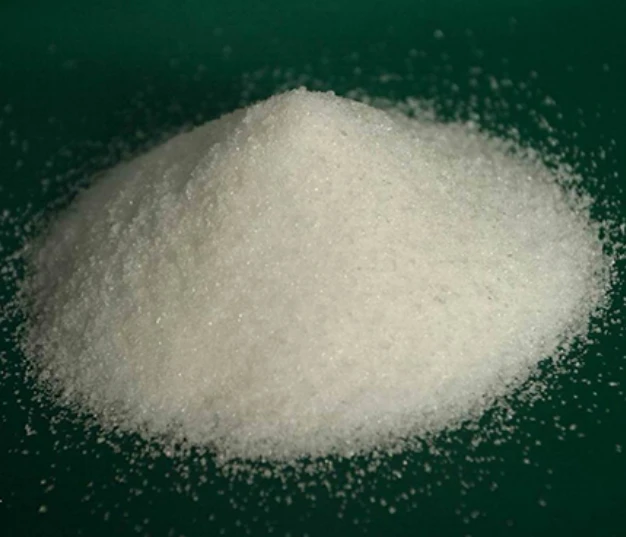1 hydroxyethylidene 1 1 diphosphonic acid hedp
The Significance of 1-Hydroxyethylidene-1,1-Diphosphonic Acid (HEDP)
1-Hydroxyethylidene-1,1-diphosphonic acid, commonly abbreviated as HEDP, is a highly effective chelating agent prominently utilized in various industrial and commercial applications. Since its discovery, HEDP has gained considerable recognition for its capacity to bind metal ions, thus preventing undesirable interactions that can lead to scale formation and corrosion. This article explores the chemical nature, applications, advantages, and environmental considerations of HEDP.
Chemical Properties
HEDP is a phosphonic acid derivative that contains two phosphonic acid groups, which confer its strong chelating properties. This compound is often produced in aqueous solutions, making it accessible for a variety of industrial uses. Its molecular formula, C2H7O7P2, indicates that it is relatively lightweight, which contributes to its effectiveness in complexation with metal ions such as calcium, iron, and magnesium. The unique structure of HEDP allows it to form stable chelates with these metal ions, rendering them inactive in processes where their presence could lead to problems, such as scaling or corrosion.
Applications
One of the primary areas where HEDP is used is in water treatment. In cooling systems and boilers, HEDP effectively inhibits the formation of scale and corrosion by chelating with metal ions in water. This is crucial in maintaining system efficiency and prolonging the lifespan of industrial equipment. By inhibiting scale deposition on heat exchange surfaces, HEDP ensures optimal thermal conductivity, reducing energy consumption and associated costs.
HEDP also finds its place in the oil and gas industry, where it is utilized to reduce the deposition of mineral scales in pipelines and extraction systems. Furthermore, HEDP is employed in the formulation of detergents and cleaning agents because of its ability to prevent the precipitation of mineral salts and enhance cleaning efficiency in hard water conditions.
Another significant application of HEDP is in the field of agriculture, particularly as an additive in fertilizers. The chelating properties of HEDP enable improved nutrient availability for plants, enhancing their growth and yield. Additionally, HEDP is involved in various cosmetic formulations, where it acts as a stabilizer and helps maintain the purity of ingredients by preventing unwanted reactions.
1 hydroxyethylidene 1 1 diphosphonic acid hedp

Advantages
The use of HEDP offers numerous advantages. Its high stability and effectiveness in complexation make it superior to other traditional chelating agents. HEDP is also relatively non-toxic and safe for use in various consumer products, which is increasingly important in today’s environmentally-conscious marketplace. Its biodegradability contributes to its appeal, as concerns about long-lasting environmental impacts of chemical treatments continue to rise.
Moreover, HEDP possesses excellent solubility in water, enhancing its usability in various applications. This property allows it to be readily incorporated into liquid formulations, making it easy to apply in industrial processes.
Environmental Considerations
Despite its advantages, the use of HEDP must be weighed against potential environmental implications. While it is regarded as a safer alternative to other heavier metals and phosphates, the accumulation of any chemical in the environment can lead to unforeseen consequences. Therefore, careful monitoring and regulation of HEDP usage, especially in agricultural and water treatment applications, are essential to avoid potential ecological disturbances.
Regulatory agencies are increasingly focused on ensuring that the use of chelating agents like HEDP meets safety and environmental standards. Manufacturers are encouraged to adopt sustainable practices to minimize any negative impact on the environment while still harnessing the benefits that HEDP provides.
Conclusion
1-Hydroxyethylidene-1,1-diphosphonic acid is a vital chemical compound that plays a significant role in various industries due to its chelating properties. Its applications in water treatment, oil and gas, agriculture, and cosmetics illustrate its versatility and importance. While HEDP offers numerous advantages, it is crucial to approach its use responsibly to balance industrial efficiency with environmental stewardship. As industries evolve and environmental regulations become stricter, HEDP will continue to adapt as a preferred choice for managing metal ions and maintaining system integrity.
-
Pbtc Scale InhibitorPBTC: A Scale Protector for Industrial Water TreatmentNewsAug.05,2025
-
Organic Phosphonate: An Efficient Defender in the Field of Scale InhibitionNewsAug.05,2025
-
Hydrolyzed Polymaleic Anhydride: Green Pioneer in Scale Inhibition FieldNewsAug.05,2025
-
PAPEMP Polyamino Polyether Methylene Phosphonic Acid For SaleNewsAug.05,2025
-
Flocculant Water Treatment: A Pioneer in Purification in the Field of Water TreatmentNewsAug.05,2025
-
Benzyl Isothiazolinone: An Efficient and Broad-Spectrum Antibacterial Protective GuardNewsAug.05,2025





